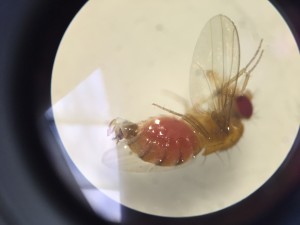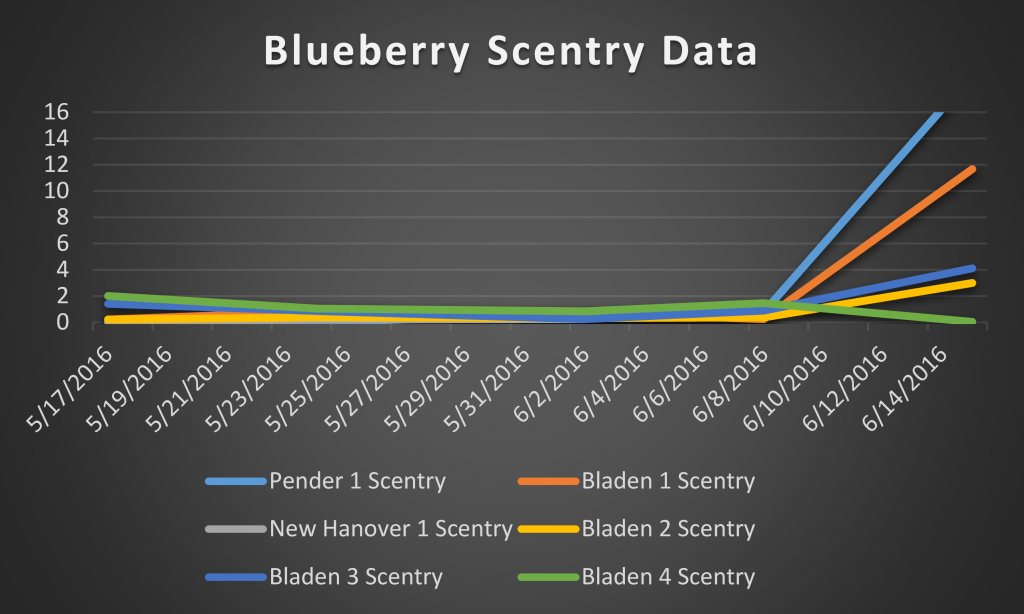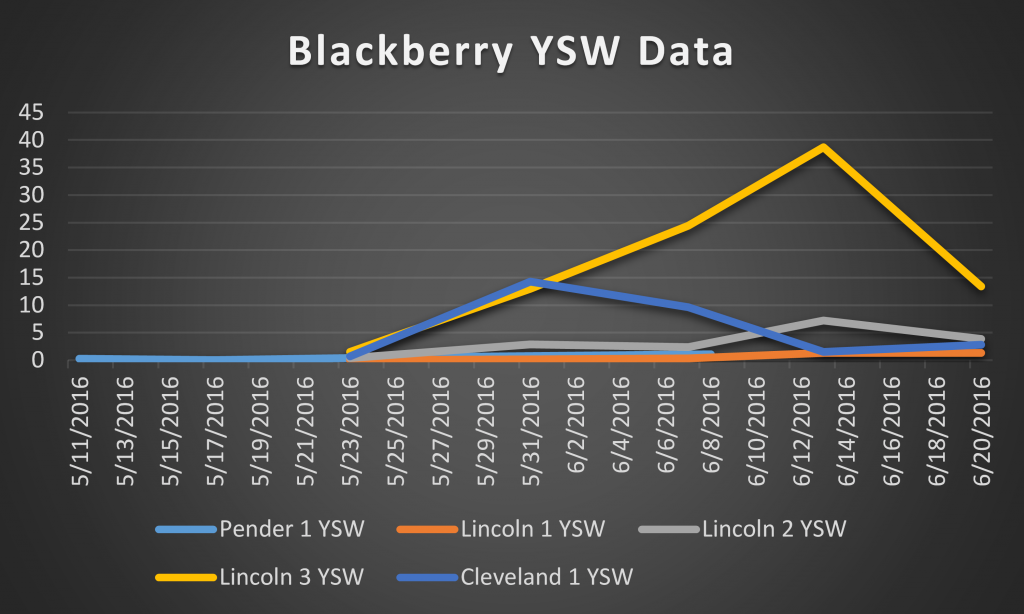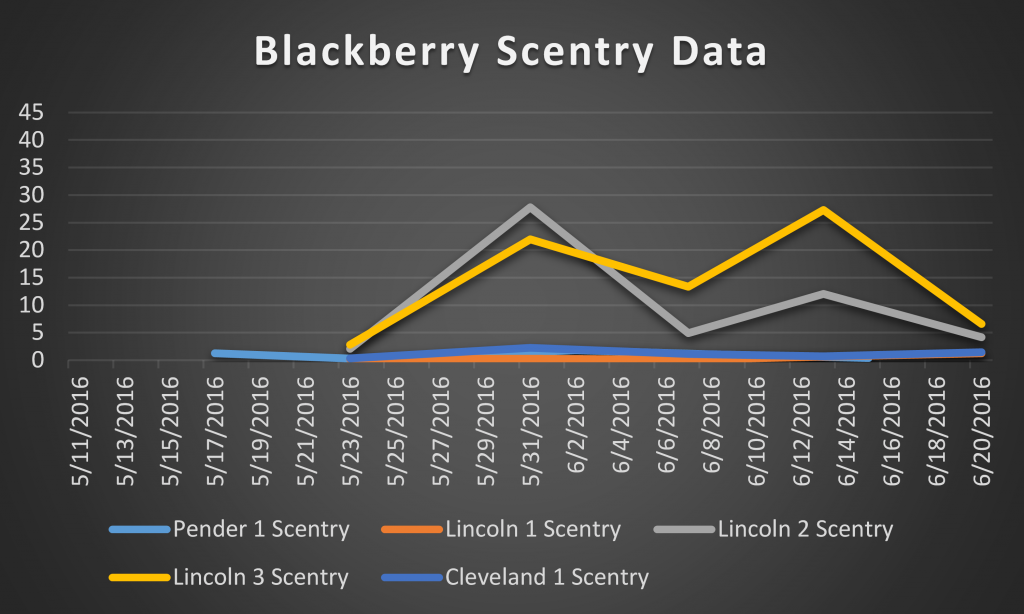Spotted Wing Drosophila Monitoring Report July 8, 2016
go.ncsu.edu/readext?418144
en Español / em Português
El inglés es el idioma de control de esta página. En la medida en que haya algún conflicto entre la traducción al inglés y la traducción, el inglés prevalece.
Al hacer clic en el enlace de traducción se activa un servicio de traducción gratuito para convertir la página al español. Al igual que con cualquier traducción por Internet, la conversión no es sensible al contexto y puede que no traduzca el texto en su significado original. NC State Extension no garantiza la exactitud del texto traducido. Por favor, tenga en cuenta que algunas aplicaciones y/o servicios pueden no funcionar como se espera cuando se traducen.
Português
Inglês é o idioma de controle desta página. Na medida que haja algum conflito entre o texto original em Inglês e a tradução, o Inglês prevalece.
Ao clicar no link de tradução, um serviço gratuito de tradução será ativado para converter a página para o Português. Como em qualquer tradução pela internet, a conversão não é sensivel ao contexto e pode não ocorrer a tradução para o significado orginal. O serviço de Extensão da Carolina do Norte (NC State Extension) não garante a exatidão do texto traduzido. Por favor, observe que algumas funções ou serviços podem não funcionar como esperado após a tradução.
English
English is the controlling language of this page. To the extent there is any conflict between the English text and the translation, English controls.
Clicking on the translation link activates a free translation service to convert the page to Spanish. As with any Internet translation, the conversion is not context-sensitive and may not translate the text to its original meaning. NC State Extension does not guarantee the accuracy of the translated text. Please note that some applications and/or services may not function as expected when translated.
Collapse ▲Looking at the blackberry Scentry data collected on June 20, trap captures of spotted wing drosophila (SWD) appear to be cycling up and down on about a weekly basis. In SWD Monitoring Report June 24, 2016, it was speculated that these upturns and downturns could be related to the age of the females in SWD populations. It is interesting to see the trap captures rising and falling cyclically in these newer Scentry bait traps, something which has not been seen this season so far in the YSW traps. Scenty lures are a synthetic blend of attractive volatile compounds. The manufacturer suggests that these lures may last up to 6 weeks. We change the Scentry lures every 4 weeks, while we change the YSW attractants weekly because they are actively fermenting material. The fluctuations in Scentry baited SWD trap captures appear to relate to lure age, so it is possible that they do not remain attractive for as long as anticipated in hot, southeastern conditions.

This female SWD specimen was found in one of our traps. Curiously, she died with a full stomach, meaning she investigated our trap after feeding on another available resource. Photo: Grant Palmer
It is important to note that trap captures can be affected by a number of factors. They likely track population changes, but are also impacted by weather and other locally available resources. This means that when our trap capture are low it could be indicative that the population has dropped, that other things in the immediate environment are more attractive than our traps resulting in lower trap capture numbers, that flies were less active due to weather, or, perhaps, because the trap was less attractive.
The average number of total (male and female) SWD captured per site per day are presented in the figures below. Trapping began at six blueberry fields on May 11, 2016. Scentry lures were not available until May 17th, so these were deployed at blueberry locations during the second week of monitoring.
YSW refers to traps baited with “yeast/sugar water”, and Scentry refers to traps with Scentry lures.
We are monitoring a total of five blackberry fields, and first checked traps on May 17, 2016. SWD trap captures are generally higher in blackberry fields as compared to blueberry fields.
Data is continually processed and will be updated weekly as it becomes available.
With the blueberry season at most of our research sites wrapping up, we will expect to see an increase in our trap captures As the available resources for SWD dwindles the relative attractiveness of our traps at these areas should rise further as a result.
More information






